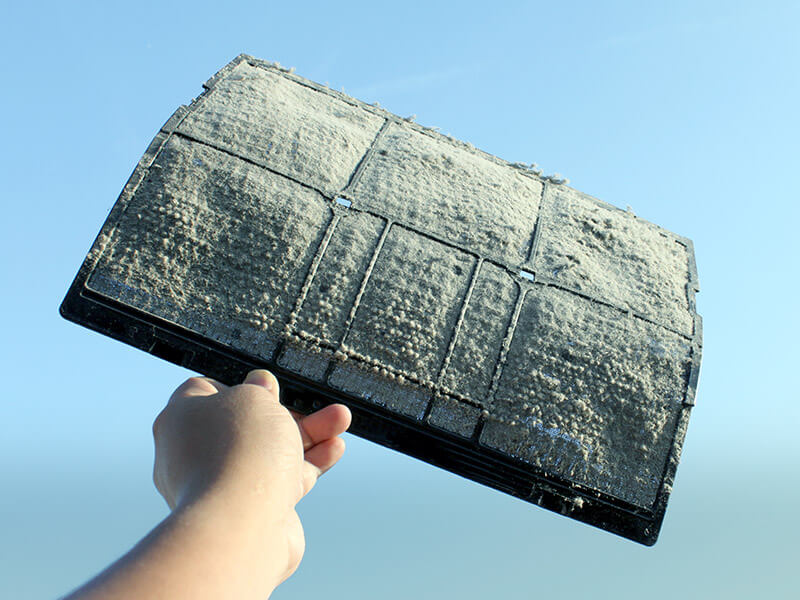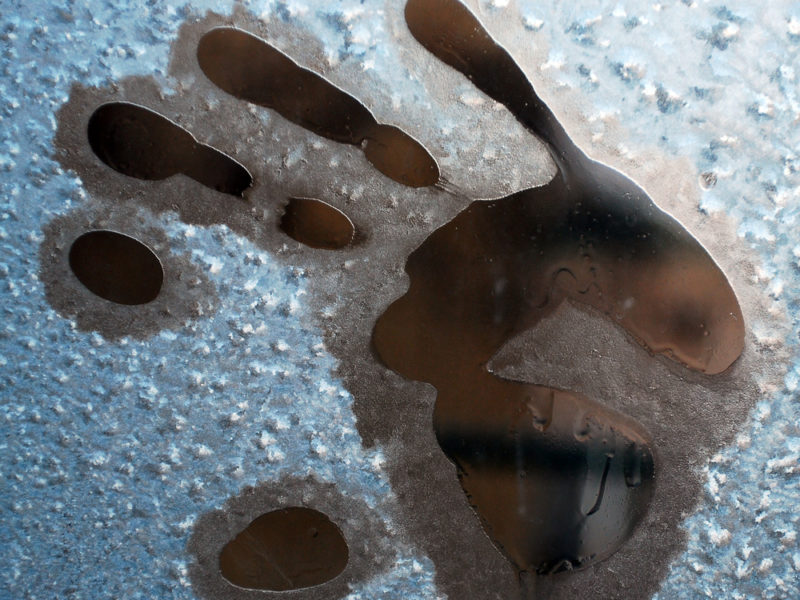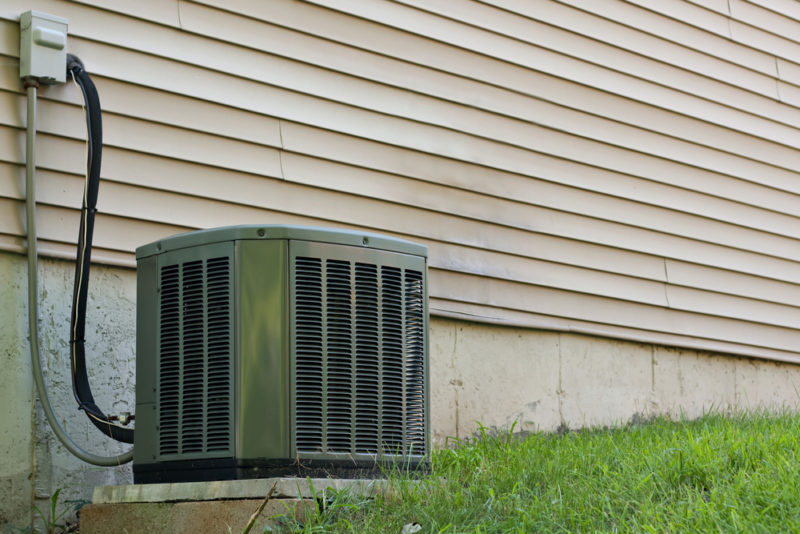
by GroupM7 | Sep 25, 2018 | Articles
3 Most Common Causes of HVAC Energy Waste Sep 25, 2018 Good housekeeping goes beyond simply dusting surfaces and mopping your floors. For your home in Gilmer, Texas, to feel comfortable, all of its components need to be in good working order. Your home’s HVAC system...

by GroupM7 | Sep 22, 2018 | Blog
What Does REME technology mean for Longview TX? Feb 3, 2012 Humidity problems can make your home in Longview, Texas, uncomfortable. In addition, it can pose a significant threat to your family’s health and cause damage to your property. To create the most comfortable...

by GroupM7 | Sep 18, 2018 | Blog
What Does REME technology mean for Longview TX? Feb 3, 2012 As the summer heat continues in Overton, Texas, one of the last things you want is for your HVAC system to fail. But you also don’t want to live with an old system that requires costly maintenance and isn’t...




